Wine enthusiasts and newcomers alike can benefit from a comprehensive guide to the diverse world of wine, especially when it comes to understanding the 13 types of red, white, and sparkling wines. With each wine offering unique flavors, body, and characteristics, there is a wealth of information to explore when looking to expand one’s palate in 2023.
Focusing on the main types of wine, such as red, white, rosé, sparkling, and fortified and dessert wines, this guide will delve into the more specific subcategories of each. The variety of flavors and tastes attributed to different grapes and winemaking techniques allow for an exciting journey through the diverse world of wine.
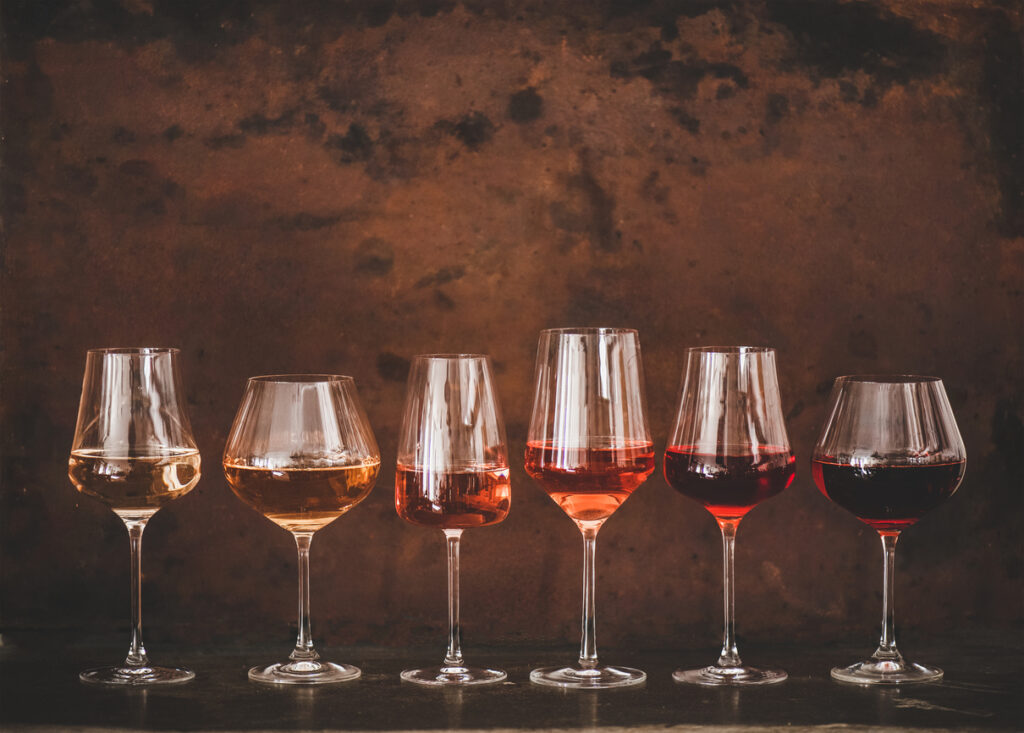
Understanding these types of wines is essential when looking to pair them appropriately with various dishes or occasions. This guide will not only introduce these 13 types of wines but also provide insights into their characteristics and advice on how to enjoy them to their fullest potential.
Understanding Wine Basics
When diving into the world of wine, it’s essential first to understand its foundations, which incorporate grape varieties, wine regions, and vintage years. This knowledge will help you better appreciate the complexities of wine, and make your wine selection process significantly easier.
Grape Varieties
Wines are made from various grape varieties, each offering unique characteristics in flavor, aroma, and texture. Some of the prominent grape variations include:
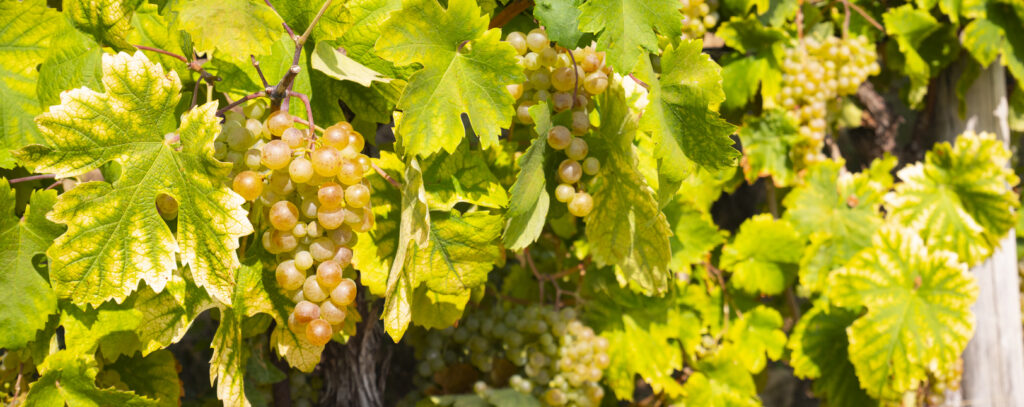
- White grapes: Chardonnay, Sauvignon Blanc, Riesling, Pinot Grigio/Gris, and Viognier.
- Red grapes: Cabernet Sauvignon, Merlot, Pinot Noir, Syrah/Shiraz, and Malbec.
Understanding these grape varieties’ characteristics equips you with the basic knowledge that influences a wine’s final outcome, enabling you to make more informed decisions when choosing your preferred wine.
Wine Regions
Wine production occurs across the globe, with several regions known for their unique varietal wine offerings:

- France: Bordeaux, Burgundy, and Champagne
- Italy: Tuscany, Piedmont, and Sicily
- Spain: Rioja, Ribera del Duero, and Cava
- United States: California, Oregon, and Washington State
Each region is known to grow specific grapes and follows distinct winemaking styles, resulting in wines that exhibit unique characteristics influenced by factors such as climate, terroir, and local traditions.
Vintage Year
Another critical factor to consider is the vintage year of a wine. Vintage, in simple terms, refers to the year in which the grapes used to produce the wine were harvested. A wine’s vintage can impact its flavor and overall quality, as it depends on various factors such as weather conditions, grape cultivation, and harvest timing during that year.

While some vintage years yield exceptional results, others may be less impressive. It’s essential to conduct research and explore expert recommendations of vintage years from various regions to make better-informed choices when selecting a wine.
Red Wines
Red wines are an essential part of the wine world, offering a wide range of flavors, textures, and aromas. In this section, we will explore four popular red wine varieties: Cabernet Sauvignon, Merlot, Pinot Noir, and Syrah.
Cabernet Sauvignon
Cabernet Sauvignon is one of the most popular red wine varieties worldwide. Originating in the Bordeaux region of France, it has a reputation for being full-bodied, tannic, and rich in flavor. Key flavor notes include blackcurrant, plum, and green bell pepper, with hints of cedar and tobacco when aged.
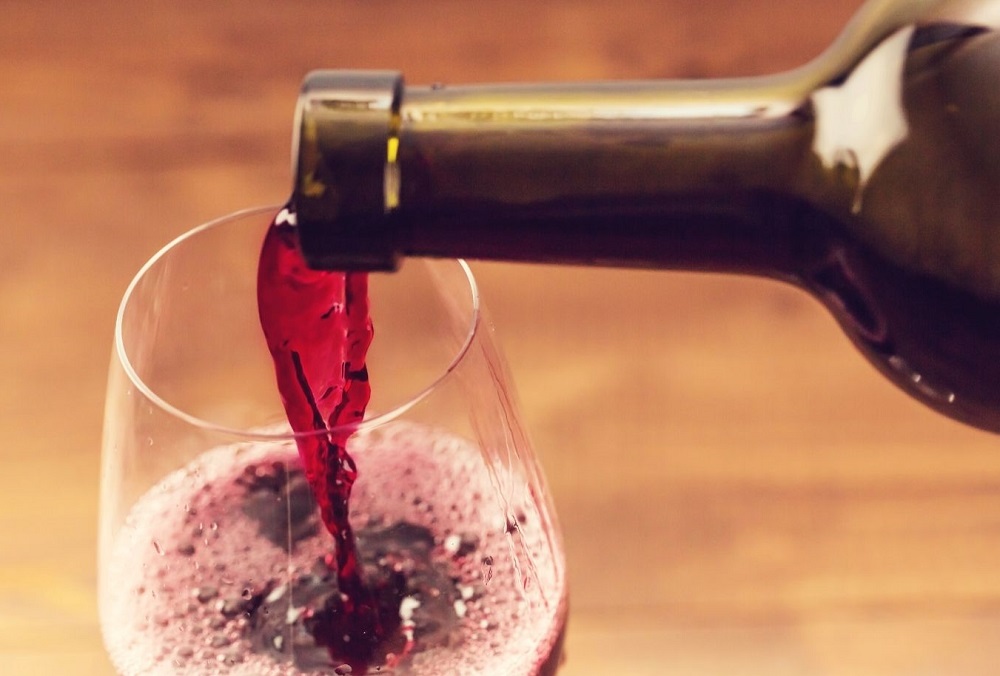
The grape is grown in various regions, including the United States (particularly California), Australia, Chile, and Argentina. It pairs well with red meats, hearty dishes, and aged cheeses. Due to its robust nature, it is often aged in oak barrels, which can add layers of complexity and depth to the wine’s flavor profile.
Merlot
Merlot is another classic red wine variety, renowned for its intense fruit flavors and smooth and velvety texture. It is often considered more approachable than Cabernet Sauvignon, making it an excellent choice for those new to red wines. Primary flavors of Merlot include red fruits like raspberry, cherry, and plum, alongside herbal and spicy notes.
Grown in various regions worldwide, including France, Italy, the United States, and Chile, Merlot is particularly versatile when it comes to food pairings. It complements a wide range of dishes, from grilled meats and pasta to roasted vegetables and mild cheeses.
Pinot Noir
Pinot Noir is a light-bodied red, wine grape variety, known for its delicate flavors and silky mouthfeel. It originates from the Burgundy region of France but is also produced in other cool climate regions, including Oregon, New Zealand, and Germany. The grape’s thin skin contributes to its lighter color and lower tannin levels compared to other red wines.

Flavor notes for Pinot Noir typically include red fruits like red cherry, raspberry, and strawberry, accompanied by floral and earthy tones. As a versatile wine, it pairs well with a variety of dishes, from poultry and seafood to vegetarian options and creamy sauces.
Syrah
Syrah, also known as Shiraz, is a bold and full-bodied red wine variety known for its rich and smoky flavor profile. It originated in the Rhône Valley of France, but has also found success in regions like Australia, California, and South Africa. Key flavors found in Syrah wines include dark fruits like blackberry and dark fruit flavors of blueberry, followed by black pepper, smoked meat, and tobacco notes.
Due to its intense flavor and high tannin content, Syrah is best enjoyed with robust and savory dishes, such as grilled meats, game, and spicy cuisine. Its rich character also allows it to age well, developing complex flavors over time when stored properly.
White Wines
White wines are a diverse category with a wide range of flavors, textures, and styles. In this section, we will explore four popular types of white wines: Chardonnay, Sauvignon Blanc, Pinot Grigio, and Riesling. These wines are loved by wine enthusiasts for their distinct characteristics and flavor profiles.
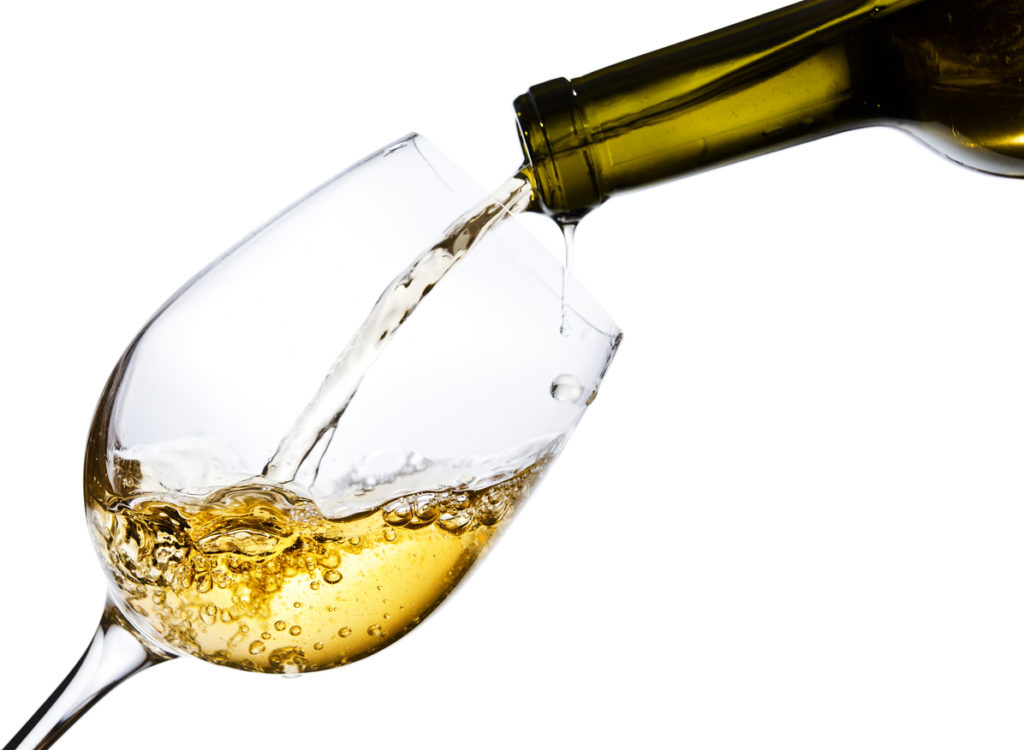
Chardonnay
Chardonnay is the most popular white wine in the world. This versatile grape can be found in world wine regions, such as France, California, Australia, and more. Chardonnay wines can range from light and crisp to rich and buttery, depending on factors such as terroir and winemaking techniques.
Common characteristics of Chardonnay wines include notes of apple, pear, citrus, and sometimes tropical fruit. Depending on the use of oak during aging, flavors of vanilla, butter, or toast may be present.
Sauvignon Blanc
Sauvignon Blanc is a refreshing, crisp white wine that is famous for its herbaceous and citrus flavors. This wine can be traced back to the Bordeaux region of France but has gained popularity globally, with notable expressions coming from New Zealand, California, and South Africa.
Tasting notes for Sauvignon Blanc wines can include grapefruit, lime, green apple, and gooseberry. The wine also showcases distinct grassy, herbal, and mineral characteristics.
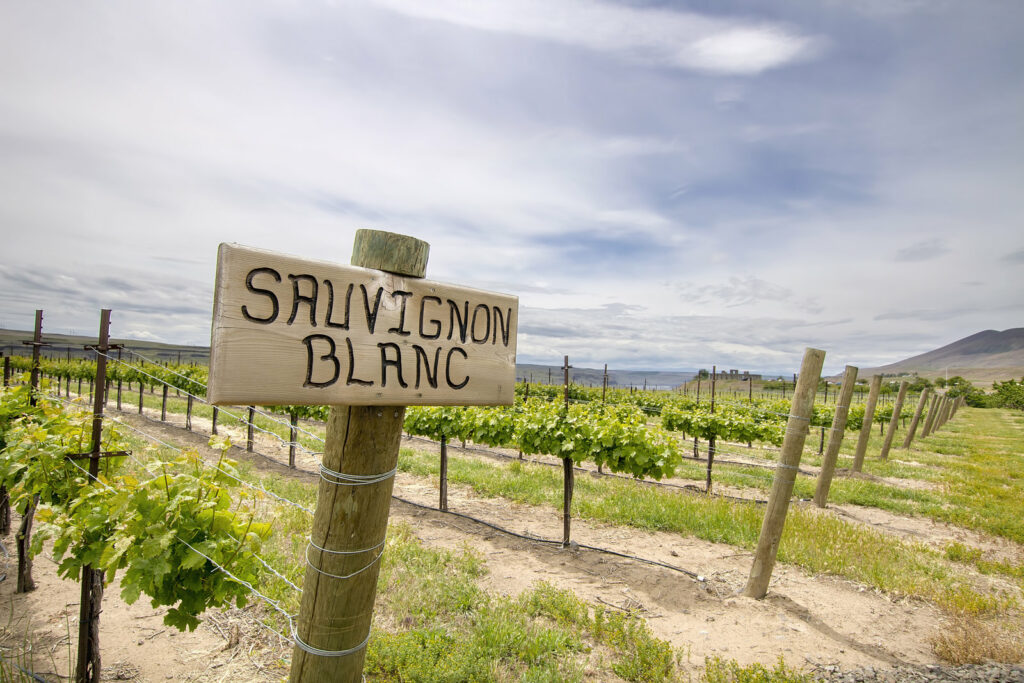
Pinot Grigio
Pinot Grigio, also known as Pinot Gris, is a light-to-medium bodied white wine that is popular for its zesty, clean flavors. This grape variety originated in France but is now largely grown and produced in Italy, where it has become a signature wine style.
Pinot Grigio wines display flavors and aromas of lemon, green apple, pear, and sometimes a hint of honey or almond. The wine is characterized by its bright acidity and refreshing, easy-drinking appeal.
Riesling
Riesling is an aromatic white grape that yields a fruity, floral white wine, primarily grown in Germany but also found in major wine regions, like Alsace, France, and Washington State. Rieslings can range from bone-dry to sweet, with their high acidity helping to balance the sweetness in sweeter styles.
Common characteristics of Riesling wines include aromas of citrus, stone fruit, white flowers, and petrol. These wines are light in body and have a lively, zesty acidity that makes them delightful on their own or paired with a variety of dishes.
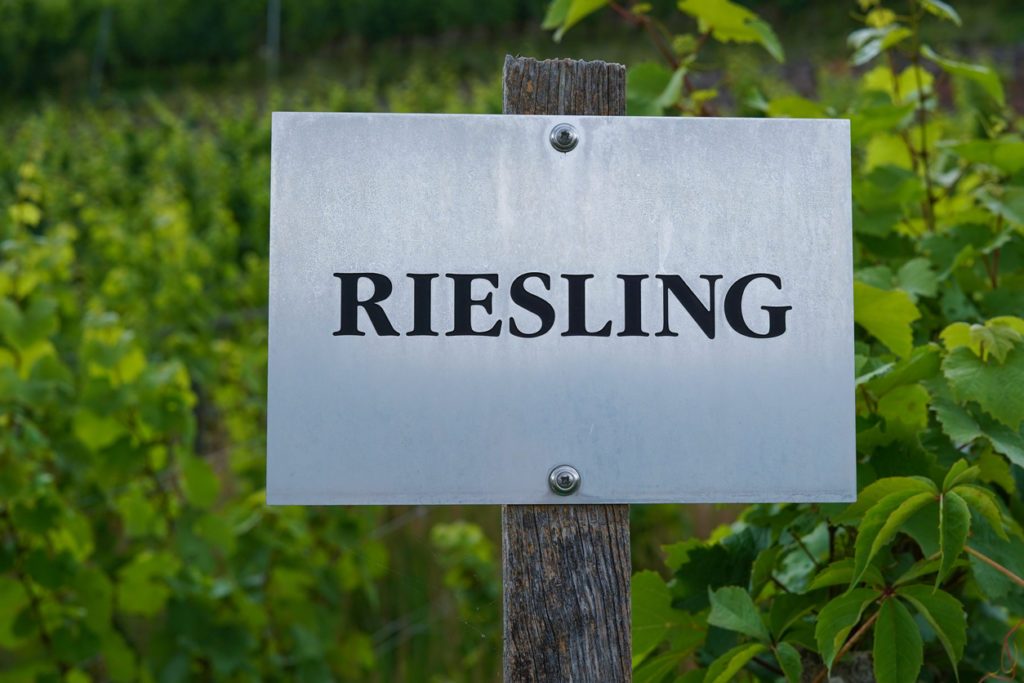
Sparkling Wines
Sparkling wines are a diverse category of effervescent wines produced around the world. They are characterized by their unique bubbles and can range from dry to sweet in taste. In this section, we will explore three popular types of sparkling wines: Champagne, Prosecco, and Cava.
Champagne
Champagne is a prestigious sparkling wine produced exclusively in the Champagne region of France. This bubbly beverage is typically made from a blend of Pinot Noir, Chardonnay, and Pinot Meunier grapes. The production process for this sparkling wine, called “Méthode Champenoise,” involves a secondary fermentation in the bottle and aging on the lees (yeast) to develop complex flavors.
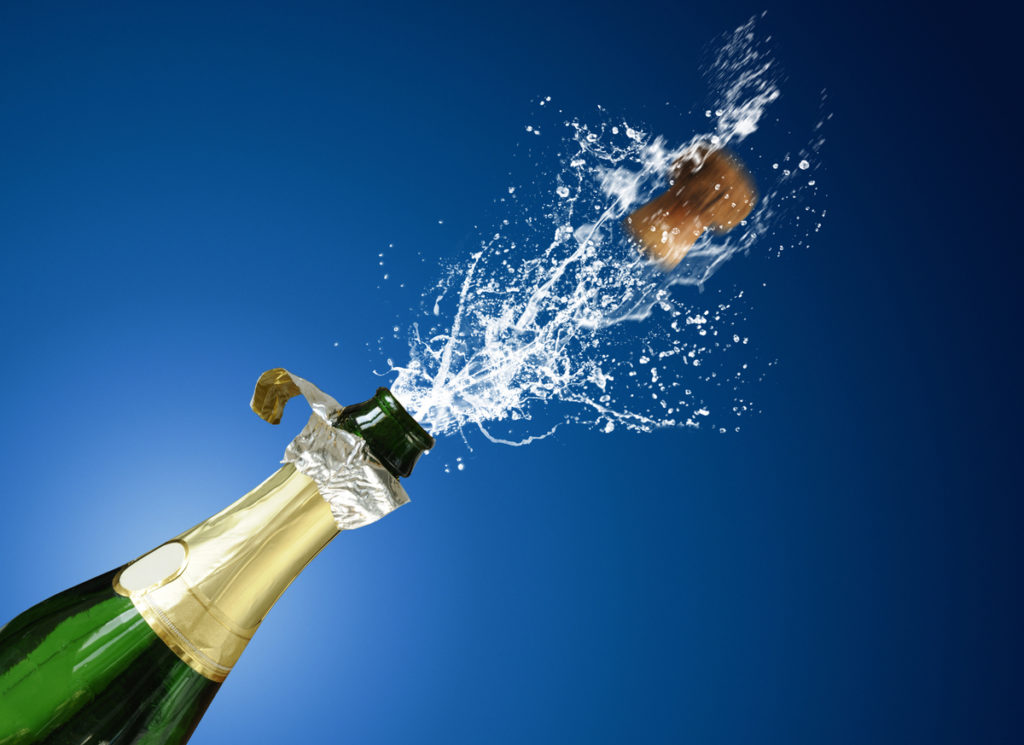
There are different styles of Champagne, including the following:
- Non-vintage (NV): A blend of wines from multiple years
- Blanc de Blancs: Made exclusively from Chardonnay grapes
- Blanc de Noirs: Made from Pinot Noir and/or Pinot Meunier grapes
- Rosé: Varying levels of red grape skin contact during production
Prosecco
Prosecco is a popular Italian sparkling wine primarily produced in the northeastern region of Veneto. It is made primarily from Glera grapes, and the production method, known as the Charmat or “tank method,” involves a secondary fermentation in pressurized tanks rather than individual bottles. This process often results in a fruitier, lighter, and more approachable wine compared to Champagne.
Prosecco is available in different sweetness levels:
- Brut: The driest option with residual sugar up to 12 grams per liter (g/l)
- Extra Dry: Flavors are more prominent with residual sugar between 12-17 g/l
- Dry: Sweeter on the palate with residual sugar between 17-32 g/l

Cava
Cava is a Spanish sparkling wine produced primarily in the region of Catalonia. It is made using indigenous grape varieties such as Macabeo, Xarel-lo, and Parellada. Similar to Champagne, Cava is produced using the traditional “Méthode Champenoise” and is aged on the lees for a minimum of nine months to develop complexity and depth.
There are different aging classifications for Cava, including:
Classification Aging Requirement Cava Minimum 9 months on the lees Cava Reserva Minimum 15 months on the lees Cava Gran Reserva Minimum 30 months on the lees
Each of these sparkling wines offers unique characteristics and flavors, making them perfect for various occasions and pairing with different types of food.
Rosé Wines
Rosé wines are a versatile and flavorful option that can be enjoyed at any time of the year. These wines are made from red grapes with minimal contact with the grape skins during the fermentation process, resulting in a lighter, fruitier wine with a distinctive pink hue.
Still Rosé
Still rosé wines offer a range of flavors and styles, depending on the grape variety and region of origin. Some popular rosé wines, such as those from Provence, are made from a blend of Grenache, Cinsault, Syrah, and Mourvèdre grapes. These wines are often characterized by their clean, fruity, and light profile, making them perfect for pairing with a variety of dishes.
Other still rosé wines may feature different grape varieties or winemaking techniques. For example, the inclusion of a small percentage of white grapes can result in a still rosé with a slightly paler color and more delicate aroma.
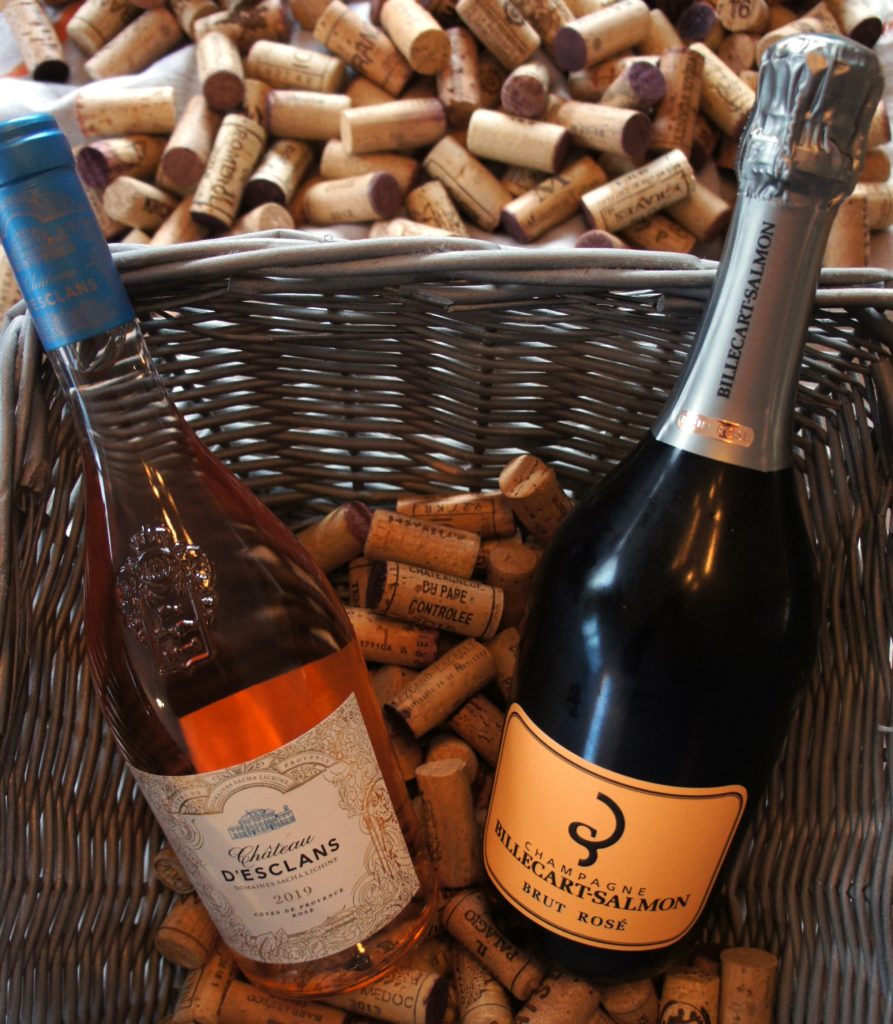
Sparkling Rosé
Sparkling rosé wines are an elegant choice, perfect for special occasions and celebrations. Among the most celebrated sparkling rosés, rosé Champagne stands out as a royal choice. A notable example is Billecart-Salmon, which is made from a blend of Chardonnay, Pinot Noir, and Pinot Meunier grapes, and is known for its exquisite flavor and ability to elevate any event.
Other sparkling rosé options include Cava and Prosecco rosés, which are made through different winemaking methods and reflect the unique characteristics of their respective regions. Regardless of the type of sparkling rosé wine, these wines generally offer a delightful balance of fruity flavors, acidity, and subtle effervescence.
Fortified Wines
Fortified wines are a unique category of wines that have been enhanced by the addition of a distilled spirit, usually brandy. This process not only increases the alcohol content but also imparts distinctive flavors and characteristics to each type of fortified wine.
Port
Port is a rich and sweet fortified wine originating from Portugal. It is made primarily from the Touriga Nacional, Tinta Roriz, and Tinta Barroca grape varieties. There are two main styles of Port: Ruby and Tawny.
- Ruby Port: This style is characterized by its deep red color, intense berry flavors, and a fruity aroma. It is aged for a shorter period of time, typically three years, in large barrels.
- Tawny Port: Tawny ports are aged for a longer period of time, typically 10 to 40 years, in smaller oak barrels. This slow aging process allows the wine to develop complex nutty, caramel, and dried fruit flavors, as well as a lighter amber color.
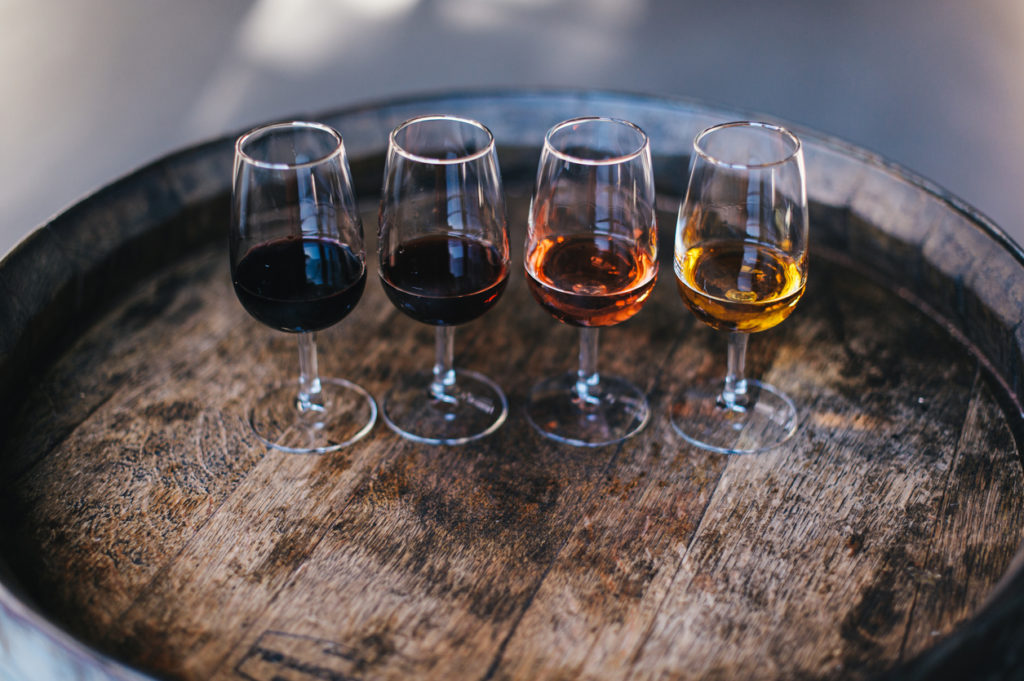
Sherry
Sherry is a fortified wine produced in the Jerez region of Spain. It is made primarily from the Palomino, Muscat, and Pedro Ximénez grape varieties. Sherry is unique in that it undergoes an intentional oxidation process during aging, which imparts a nutty and briny flavor profile. There are several styles of sherry, including:
- Fino: A light, dry, and crisp style, aged under a layer of yeast known as “flor,” which protects the wine from excessive oxidation.
- Amontillado: This style begins its aging process as a Fino, but later the flor is removed, which allows for controlled oxidation, resulting in a darker color and more complex flavors.
- Oloroso: Oloroso sherry is intentionally exposed to oxygen throughout the entire aging process, resulting in a darker, richer, and more full-bodied wine with pronounced nutty flavors.
Both Port and Sherry provide a diverse selection of flavors, textures, and styles, offering a unique and enjoyable fortified wine experience for every palate.
Dessert Wines
Dessert wines are sweet wines typically enjoyed at the end of a meal or with dessert. There are several types of dessert wines that vary in taste, texture, and production methods. In this section, we will discuss three popular sub-categories: Ice Wine, Late Harvest Wine, and Noble Rot Wine.
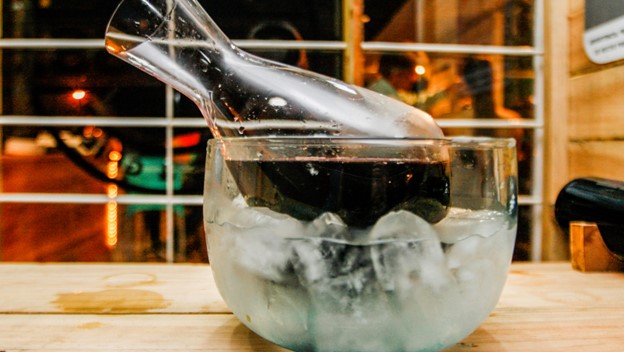
Ice Wine
Ice wine, known as “eiswein” in Germany and “icewine” in Canada, is made from grapes that have been allowed to freeze on the vine at temperatures around 20ºF (-6ºC). This freezing concentrates the sugars and flavors in the grapes, resulting in a high-quality and intensely flavored wine. The primary characteristics of ice wine include its rich sweetness and vibrant acidity, with notes of tropical fruits, citrus, and apricot.
Ice wines pair well with rich desserts, such as chocolate fondants and fruit tarts, and can also be enjoyed on their own as a luxurious after-dinner treat.
Late Harvest Wine
Late Harvest Wines are made from grapes picked later in the growing season, allowing them to become overripe and achieve higher sugar content. The resulting dessert wine is sweet and can range from semi-sweet to syrupy, with flavors of honey, dried fruits, and nuts. This makes the late harvest wines perfect dessert wines.
Some popular examples of Late Harvest wines include Riesling and Sauternes. These wines pair well with cheesecake, fruit pies, or blue cheese, and can also be served chilled as an aperitif.
Noble Rot Wine
Noble Rot Wine is produced when a specific type of mold, Botrytis cinerea, affects wine grapes while on the vine, causing them to shrivel and concentrate their sugar content. This results in a sweet wine, with complex flavors of honey, apricot, and candied fruits. The most well-known noble rot wine is Sauternes from France, but other examples can be found in Hungary (Tokaji Aszú) and Austria (Beerenauslese).
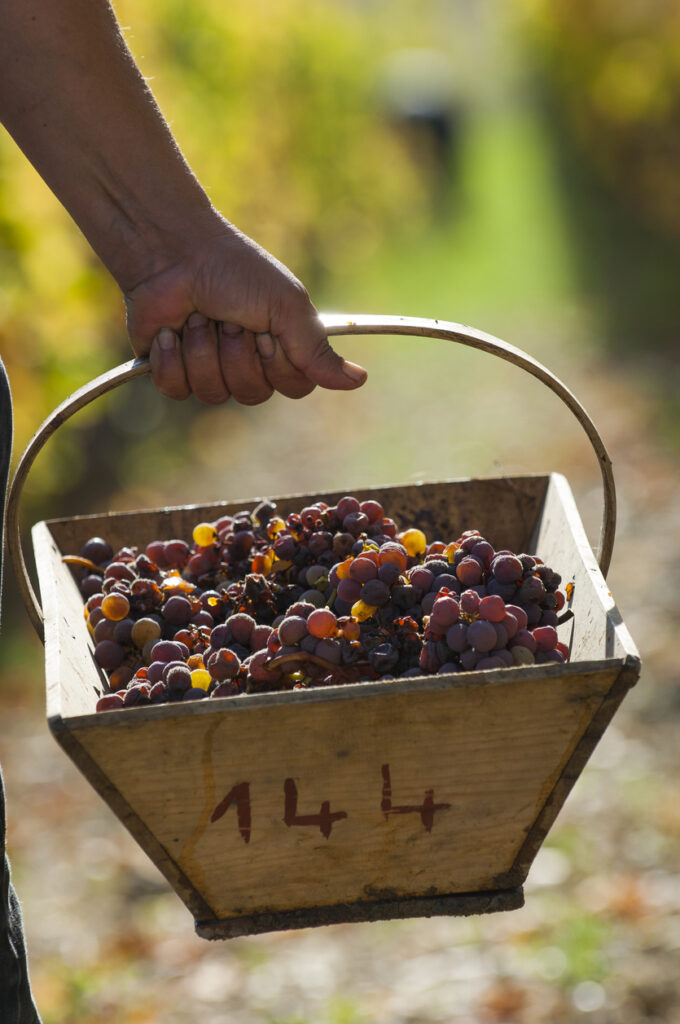
Noble rot wines are typically enjoyed with rich desserts such as crème brûlée and fruit tarts, or with savory dishes like foie gras and pâté. These sweet can also be sipped and savored on their own for a decadent dessert experience.
The Sauternes dessert wine region is famous for producing dessert wine whose price matches those of Bordeaux red wine grand cus.
Wine Pairing and Serving
Pairing with Food
When it comes to pairing wine with food, the most important consideration is to create a balance between the flavors of the dish and the wine. Here are some general principles to follow:
- Red wines work best with bold-flavored meats, such as red meat.
- White wines are a better match for light-intensity meats like fish or chicken.
- Bitter wines, like red wines, are best balanced with fatty dishes.
- When pairing wine with sauces, it’s better to match the wine with the sauce rather than the meat.
- White, sparkling, and rosé wines often create contrasting pairings, highlighting the flavors of both the wine and the food.
Temperature Guidelines
Properly serving wine at the right temperature can be crucial to the overall experience. Follow these general temperature guidelines:
- White and rosé wines should be lightly chilled, typically between 45-55°F (7-13°C).
- Red wines should be served at a slightly cooler temperature than room temperature, around 65°F (18°C).
- Sparkling wines are best enjoyed well-chilled, at around 40-50°F (4-10°C).
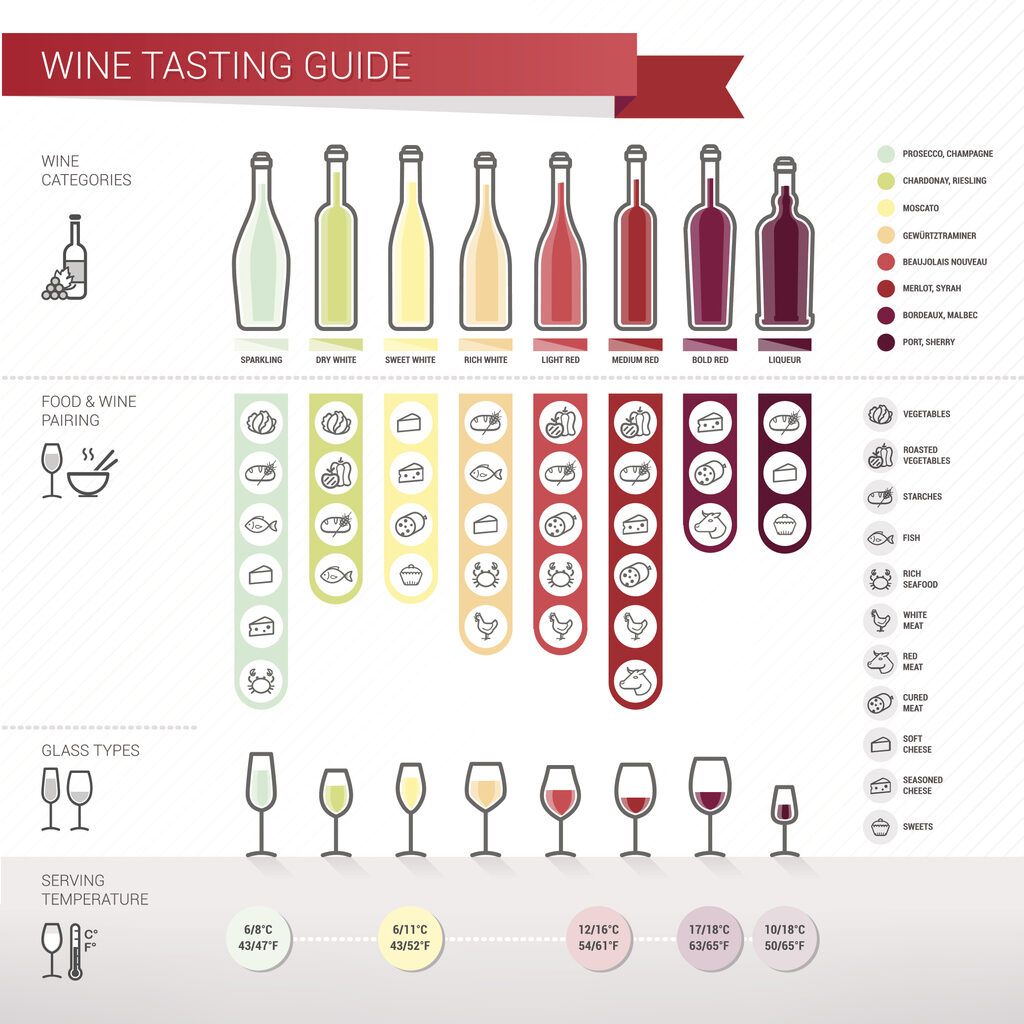
Glassware
Selecting suitable glassware can enhance the wine’s aroma and flavor. Different types of wine glasses are designed to bring out the best characteristics of specific wines. Here are some recommendations for glassware:
- Red wines: Use a glass with a large bowl and a wide opening to allow the wine to breathe and fully develop its aromas.
- White wines: Choose a glass with a smaller bowl and a narrower opening to concentrate the wine’s delicate aromas.
- Sparkling wines: Opt for a flute or a tulip-shaped glass, which helps to preserve the wine’s bubbles and direct the aromas towards the top of the glass.
Storing and Aging Wine
Storage Conditions
Proper wine storage is crucial for maintaining the quality and taste of the different types of wine. The ideal storage conditions involve consistent temperature, sufficient humidity, and protection from direct sunlight. Optimal wine storage temperature is around 55°F (13°C), as excessive heat or frequent temperature fluctuations can damage the wine. A higher humidity level, ideally around 70%, prevents the corks from drying out and keeps air from entering the bottles.
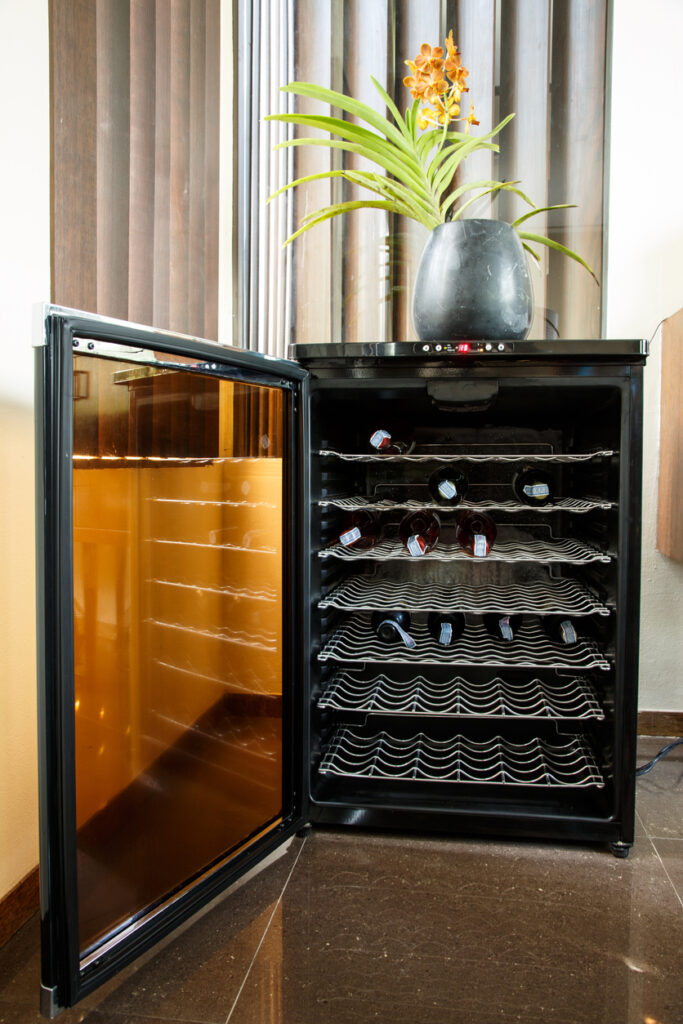
Wine Cellar
A wine cellar is a dedicated space designed to store wines in optimal conditions, ensuring they age gracefully and achieve their full potential. Wine cellars should be dimly lit, have good insulation, maintain consistent temperature and humidity, and be free from any strong or overpowering odors. When storing wine bottles, position them sideways to keep the cork moist and prevent air from entering the bottle.
Modern wine cellars come in various designs, catering to different styles and budget preferences. These may include walk-in cellars, wine cabinets, or wine refrigerators with adjustable shelves and temperature zones that keep both red and white wines stored at their ideal serving temperatures. Wine racks provide an organized storage solution for red and white wine and can be found in different materials, such as wood or metal, and customized to fit a specific space.
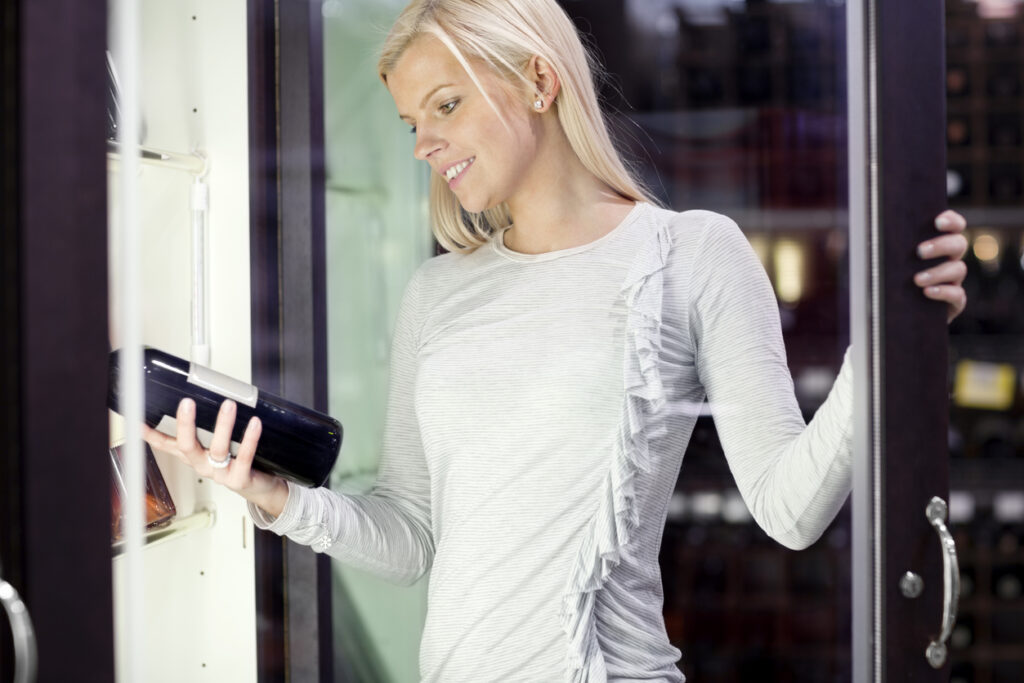
For homes without dedicated wine cellars, finding a cool, dark, and stable environment to store wine can still provide satisfactory results. However, avoid areas subject to high heat or significant temperature variations, such as kitchens or rooms with direct sunlight exposure. Wine storage solutions can range from wine racks or cabinets placed in a dark corner of the room to specialized wine refrigerators designed to maintain consistent temperatures and humidity levels.
Investing in Fine Wines
When it comes to investing, fine wines can be an alternative and rewarding option for those looking to diversify their portfolio. By doing so, investors may gain exposure to a unique asset class with potential for high returns. This section will cover the key aspects to consider when investing in fine wines.
Before entering the world of wine investment, it is crucial to understand the main drivers of value. Factors like vintage quality, provenance, rarity, and aging potential significantly influence the worth of investment-grade wines. Wines with these characteristics, produced in limited quantities and from renowned regions, often generate interest and demand among collectors and connoisseurs.

Selecting the right types of red wine grapes to invest in is essential, as not all varieties and vintages perform equally in the market. For example, some sought-after fine wines include:
- Bordeaux blends, which may consist of cabernet sauvignon, cabernet franc, merlot, and other grape varieties;
- Champagne, an increasingly popular investment option due to production shortages and global demand;
- Red Burgundy, primarily made from pinot noir grapes and boasting prestigious appellations;
When investing in fine wines, it is necessary to consider the associated costs, which may be higher compared to more traditional assets. These expenses can include storage fees, insurance, and taxes. To properly safeguard and maintain the value of the collection, storing wines in a temperature-controlled and secure facility is crucial.
Investors have several options when it comes to putting their money into fine wines, from using specialized platforms and purchasing wines directly to collaborating with a professional wine advisor who can help navigate the entire process. Regardless of the chosen method, investors should be aware that wine investment typically requires patience, as it often involves a long-term commitment of several years for significant returns to materialize.

